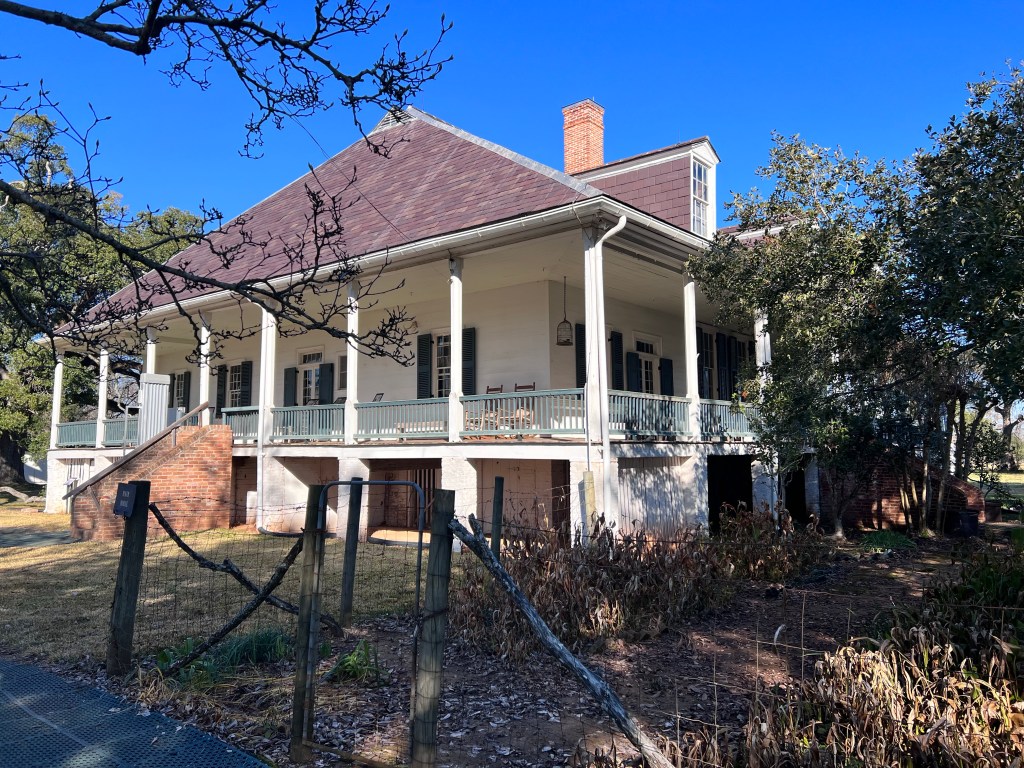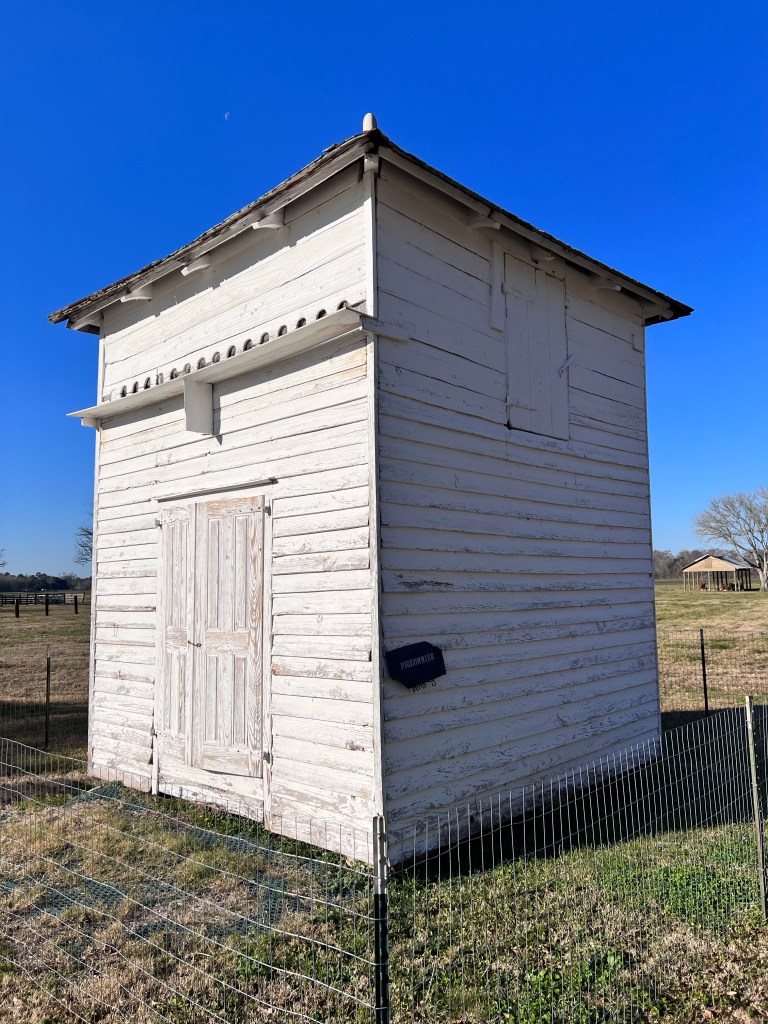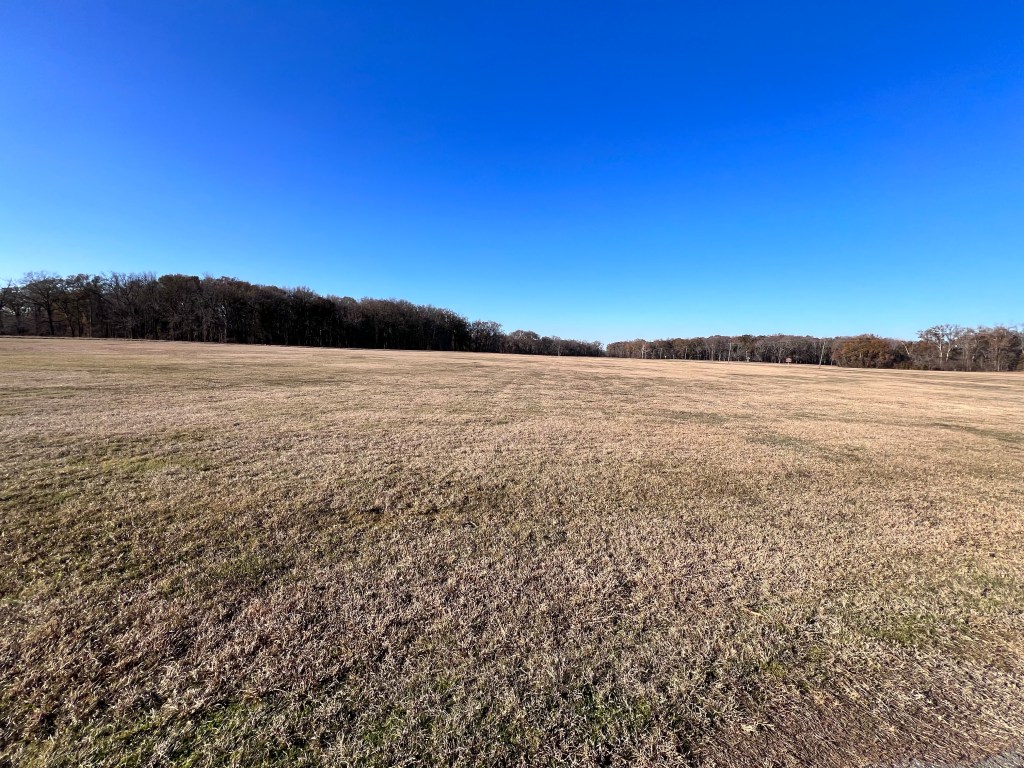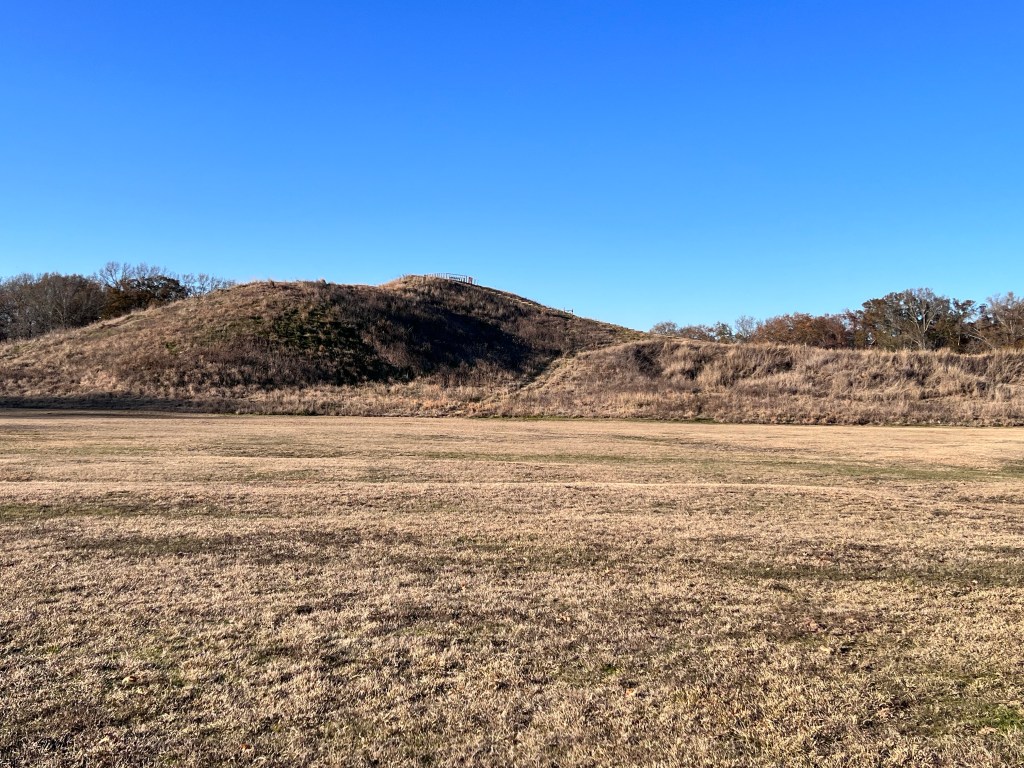Vicksburg, Mississippi Thursday Jan. 4, 2024
What a fantastic day! It reinforced why we travel as we do.
We left Leesville Louisiana for a one hour drive to Cane River Creole National Historical Park and its 9 AM tour. It was the only tour scheduled for the day so we had to make sure we got there in time.


Our Ranger guide had been at this park for 14 years, and was a wealth of knowledge. First off, we had to make sure we knew the difference between Cajun and Creole. As I understand it, Creole is a culture and tradition, while Cajun refers to French people who were forced out of Canada after the French lost the Seven Years War to the British. Many of them landed in the southern portion of the United States. Creole people have ancestry going back to people here before the 1800s whether it be of European settlers, enslaved Africans, or those of mixed heritage, including African, French, Spanish, and Native American influences.


This historical park preserves and protects two long-standing plantations in the area, Oakland and Magnolia. Sidenote – Magnolia was closed due to inaccessibility because of road construction. The Prud’homme and LeComte families had these two plantations in continuous family ownership since before the 1800s. The historical park is here to demonstrate the full range of history, people, and activities in this region for a 200 year period. It is not intended to be simply a Civil War era plantation.
I have been admonished by multiple sources that I don’t need to re-cap and retell the full 75 minute tour given by our guide this morning. Needless to say, the tour was quite informative, and Chris and I came away with knowledge and appreciation for the area.
After the tour and walking around the site, Chris and I headed out for a three hour drive to Epps, Louisiana, in the northeast corner of the state. Located here is Poverty Point World Heritage Site. (The name comes from the farm where the archaeological site is located, it has nothing to do with the economic state of poverty.) Poverty Point is one of only 20 UNESCO sites in the United States.

Poverty Point is the site of monumental earthworks, the largest constructed in the Americas until Cahokia in Illinois. However, Poverty Point predates Cahokia by over 2000 years. This site preserves over 400 acres of earthworks that were constructed by a hunter gather society starting around 1650 BCE. There is a central plaza of around 43 acres, six semi circular oval ridges totaling about six miles in length that are 4 to 6 feet high where homes were built around the central Plaza, and several earthen mounds. The mounds were constructed probably for ceremonial purposes with the highest mound still at 72 feet.


The earth moving endeavors must’ve been enormous. It is estimated that the earth needed just for the tallest mound would equal 15 1/2 million, 50 pound baskets of soil. And archaeological research indicate this mound was built in just 90 days!

Poverty Point is an active archaeological site today, managed by the Louisiana Department of Parks. This state has an unusually large number of mounds and earthworks, with the first mounds dating back to 5000 BCE. The museum here has displays of jewelry, weapons, cooking devices, etc.
We spent 2 1/2 hours here, with 1/2 of that time on a guided tour on a tram, taking us throughout the site. It is difficult to imagine the site without that overview, but the photos give our best effort to provide you with some perspective. The tour provided fascinating details about the archaeological research and the way the entire site was built over a period of time.
Tonight we are staying in Vicksburg Mississippi. We visited here in 2014, tonight is just lodging, no sightseeing.
Ed and Chris

Recent Comments